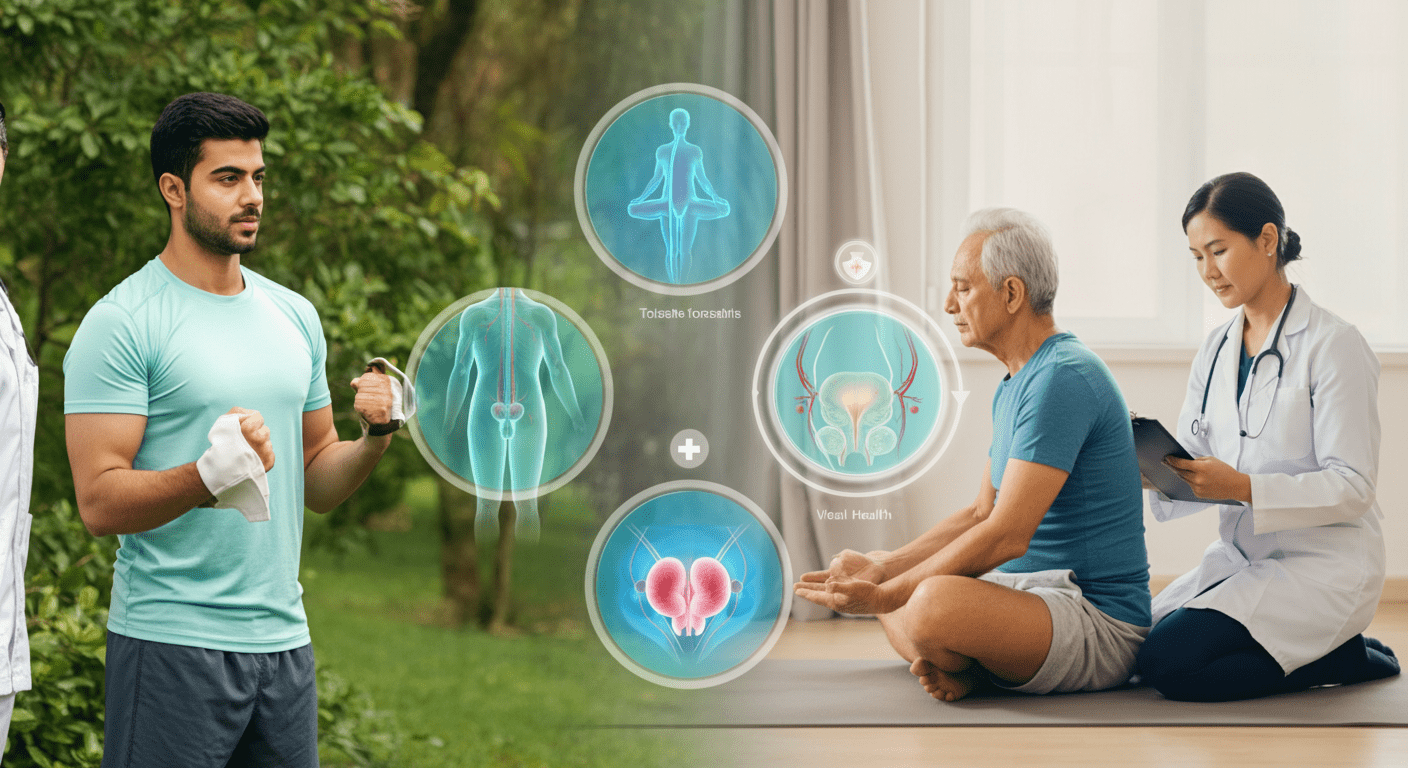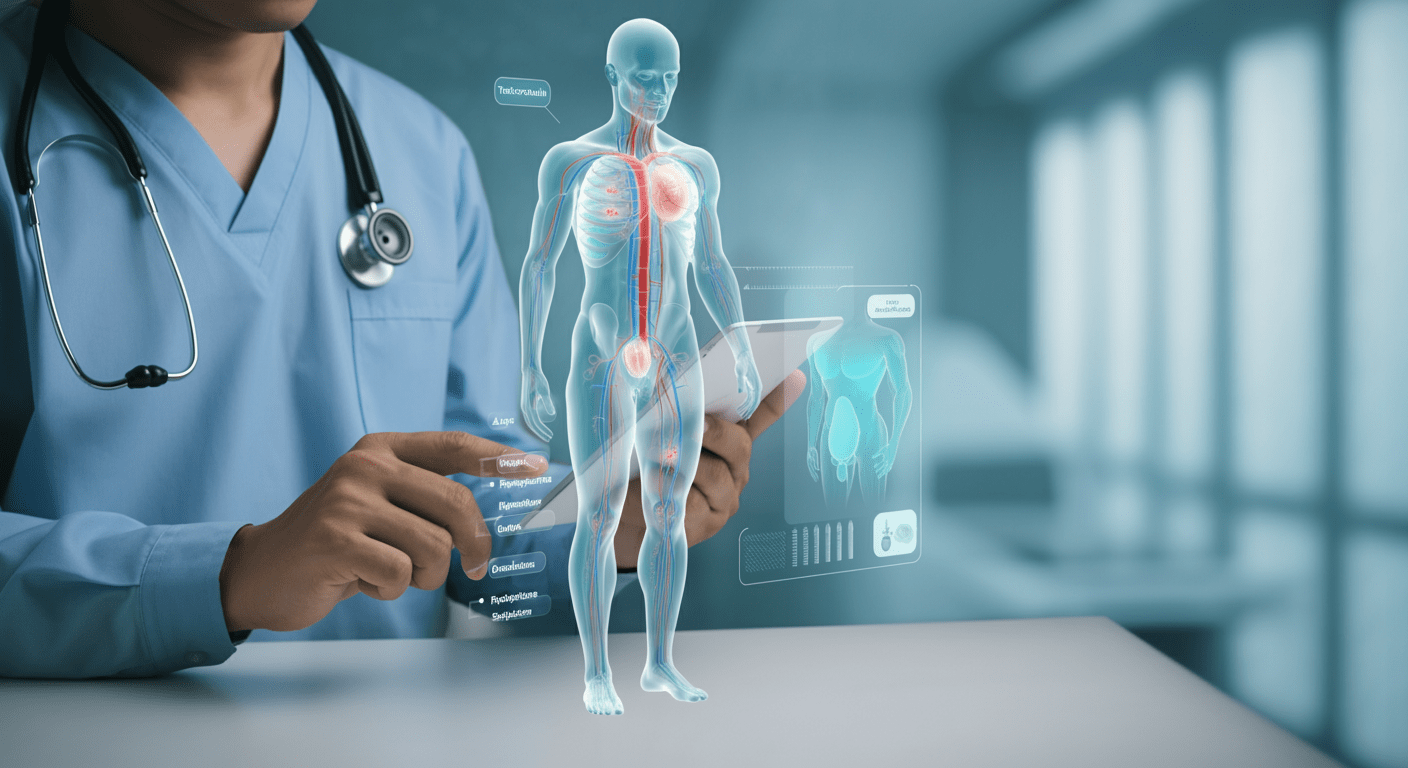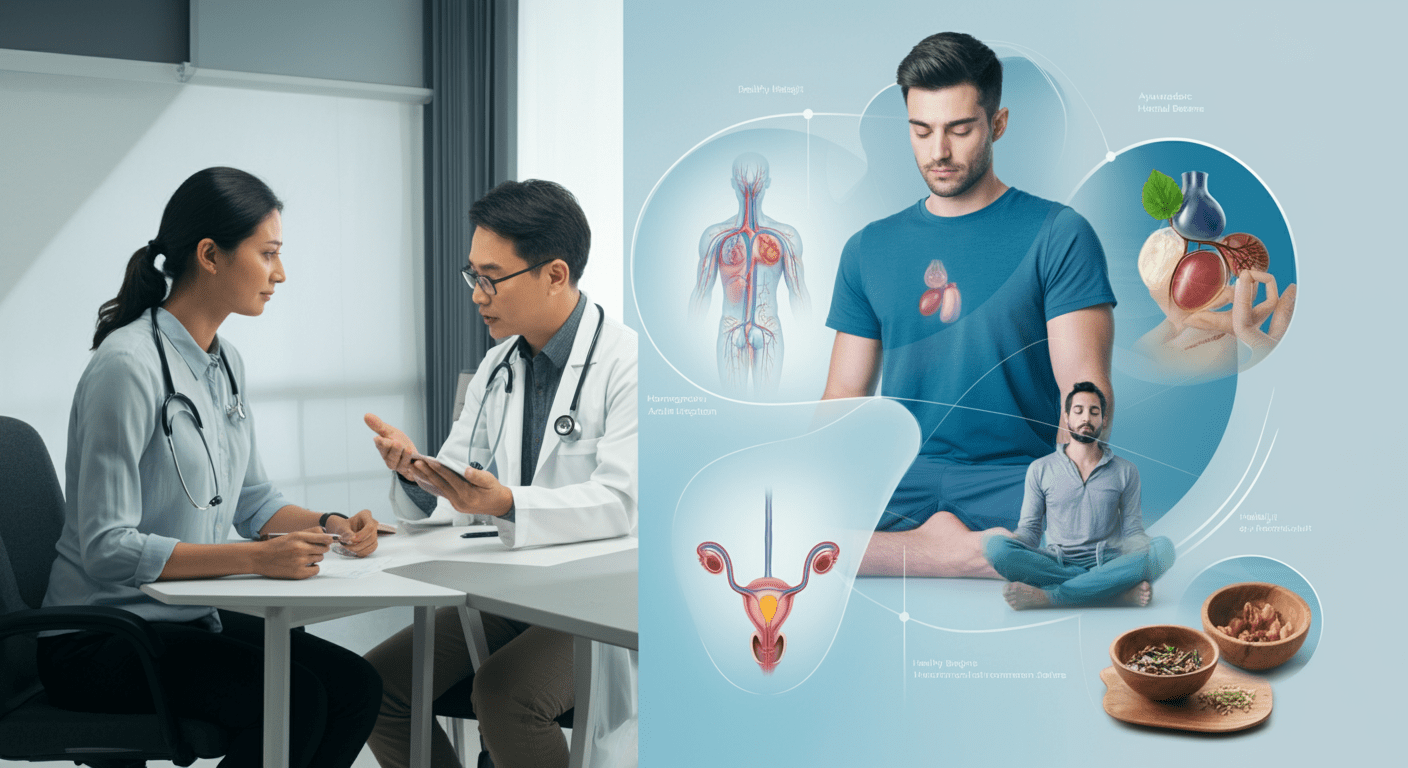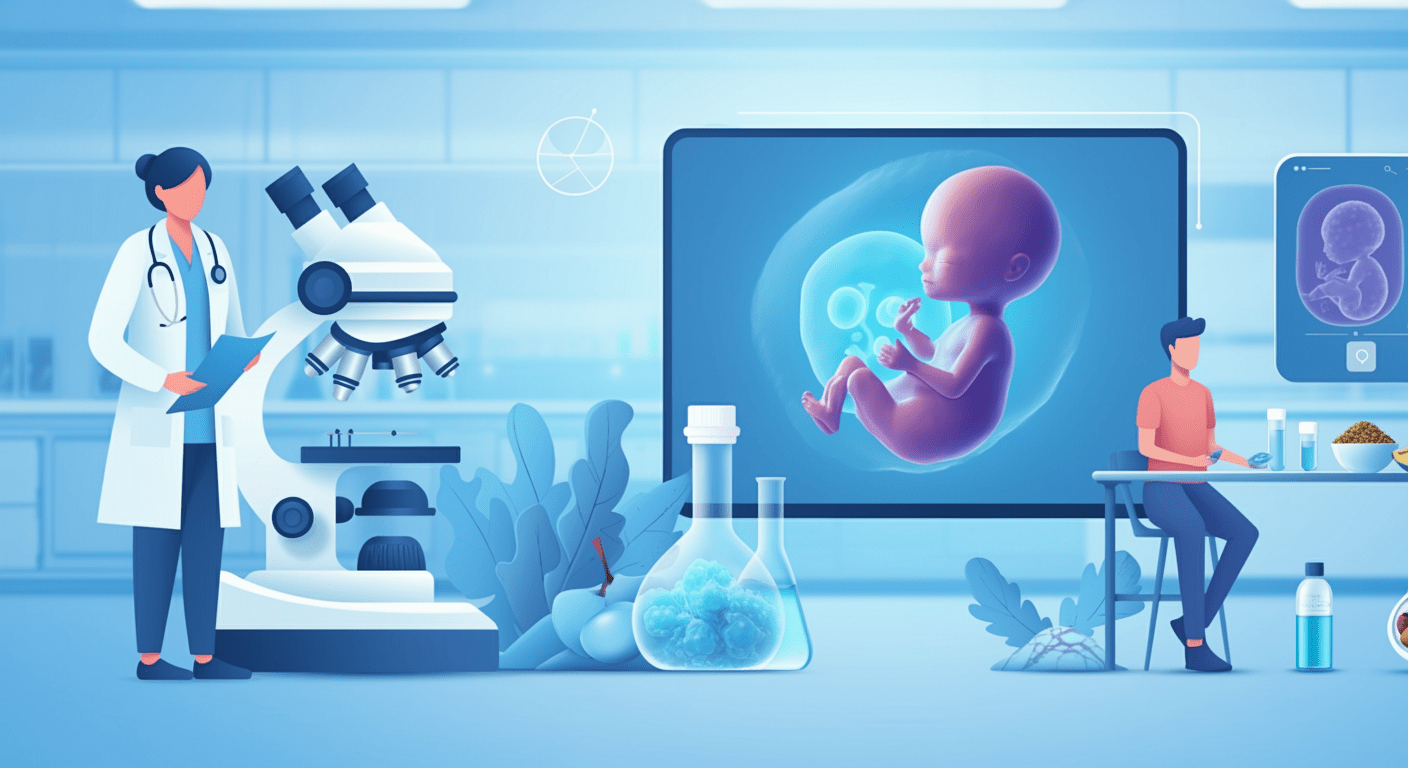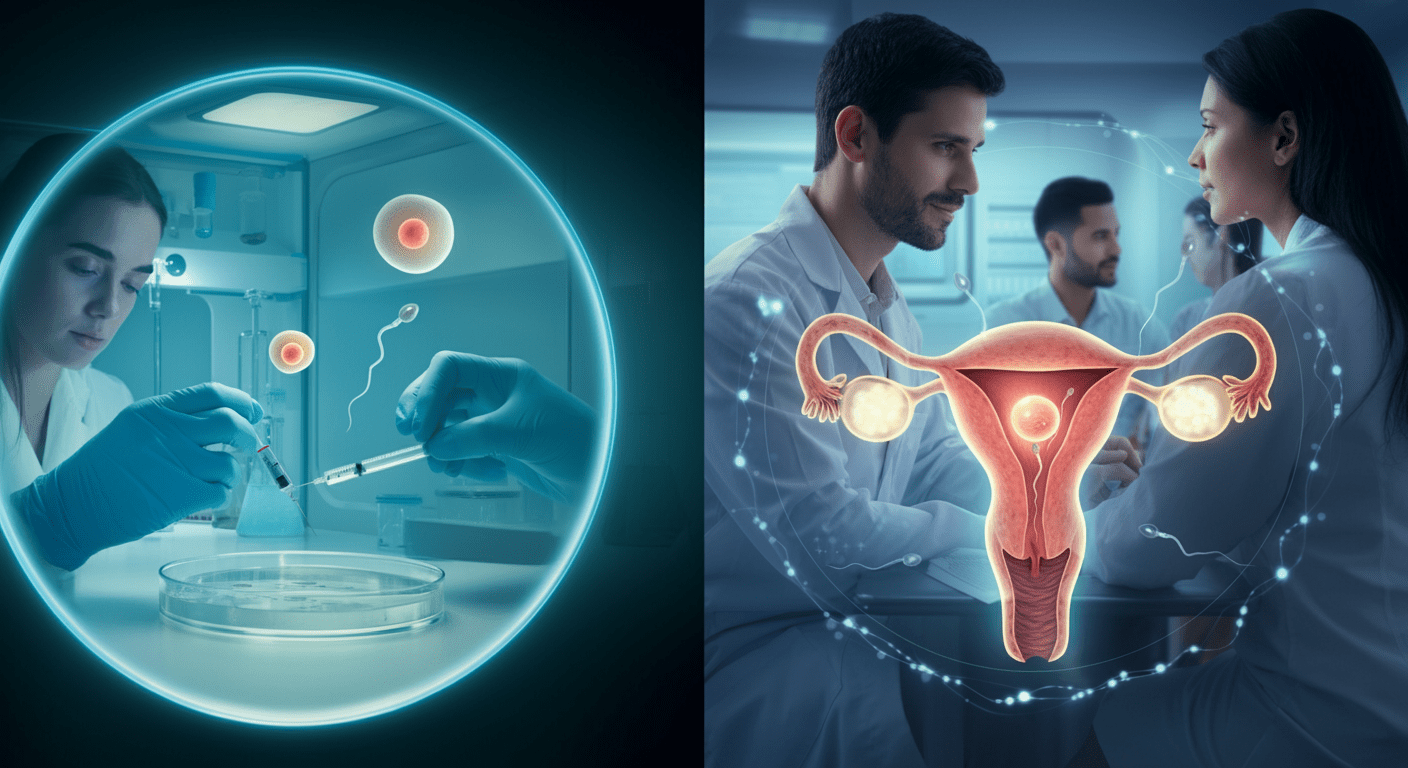The human penis undergoes significant transformations throughout a man’s life, from embryonic development to old age. Understanding these changes can help men maintain their reproductive health and overall well-being. This article will explore the different stages of the life cycle of a penis, providing insights into development, growth, and age-related changes.
Embryonic Development
Formation of the Penis in the Womb
The development of the penis begins early in gestation and is primarily influenced by genetic and hormonal factors.
- Genital Tubercle Formation (4-7 weeks): The external genitalia start as a small bump called the genital tubercle, which will later differentiate into male or female reproductive organs.
- Testosterone Influence: If the embryo has a Y chromosome, the testes begin producing testosterone, which directs the tubercle to elongate into a penis.
- Urethral Formation: The urethra starts forming along the underside of the penis, eventually enabling urinary and reproductive functions.
- Foreskin Development: By around 16 weeks, the foreskin forms and begins covering the glans (head of the penis).
Postnatal Development and Childhood
During infancy and early childhood, the penis remains relatively unchanged in size and function. However, some key developments occur:
- Non-Retraction of the Foreskin: At birth, the foreskin is often fused to the glans, and it may take several years before it naturally separates.
- Growth Phase: Although minor, slow growth continues during early childhood as hormone levels remain stable.
Puberty: The Growth Phase
Puberty marks a significant change in the life cycle of a penis, primarily due to increased testosterone levels. The development during this stage is classified using the Tanner Stages:
Tanner Stages of Penile Development
| Tanner Stage | Description |
|---|---|
| I | Prepubertal phase; the penis and testes are small, and no significant growth occurs. |
| II | Testes begin enlarging; scrotum becomes thinner and redder; minimal penile growth. |
| III | Significant penile lengthening begins; testes and scrotum continue to grow. |
| IV | Penis increases in both length and girth; glans development begins. |
| V | The penis and testes reach adult size and function; pubic hair distribution stabilizes. |
Changes During Puberty
- Lengthening and Thickening: The penis begins growing in length first, followed by an increase in girth.
- Increased Sensitivity: The glans becomes more sensitive due to hormonal changes.
- Semen Production: The testes start producing sperm, leading to the ability to ejaculate.
- Erections and Wet Dreams: Increased testosterone leads to spontaneous erections and nocturnal emissions (wet dreams).
Adulthood: Full Maturity and Sexual Function
By the time a man reaches adulthood, the penis has completed its growth and is fully functional. The key characteristics of this stage include:
- Final Size and Shape: The average erect penis measures 13.12 cm (5.16 inches) in length and 11.66 cm (4.59 inches) in circumference.
- Erectile Function: Blood flow to the penis enables erections for sexual activity.
- Reproductive Capability: Men are capable of fathering children due to sperm production.
- Sexual Peak: Testosterone levels peak in the late teens to early 30s, enhancing libido and erectile performance.
Aging and Later Life
As men age, they experience several physiological changes affecting penile function and health.
Common Changes After 40
- Reduced Sensitivity: Nerve endings become less responsive, decreasing pleasure and orgasm intensity.
- Erectile Function Decline: Testosterone levels gradually decrease, sometimes leading to erectile dysfunction (ED).
- Decreased Spontaneous Erections: Morning erections become less frequent.
- Reduced Semen Volume: The amount of ejaculate may decrease due to lower testosterone and prostate function.
Common Issues and Health Considerations
- Erectile Dysfunction (ED): Affects over 50% of men over the age of 50. Causes include poor circulation, diabetes, and psychological factors.
- Peyronie’s Disease: Scar tissue buildup in the penis leads to curvature and pain during erections.
- Penile Shrinkage: A minor reduction in penile length may occur due to decreased blood flow and collagen loss.
Maintaining Penile Health Throughout Life
Regardless of age, men can take steps to keep their penis healthy and functional:
Lifestyle Tips for Penile Health
- Exercise Regularly: Improves circulation and reduces the risk of ED.
- Eat a Balanced Diet: A heart-healthy diet supports optimal blood flow.
- Limit Alcohol and Avoid Smoking: These habits contribute to vascular issues that can impair erectile function.
- Practice Safe Sex: Reduces the risk of sexually transmitted infections (STIs).
- Manage Stress: Chronic stress can negatively affect sexual performance.
- Routine Medical Checkups: Regular screenings help detect issues like prostate problems or testosterone deficiencies early.
Conclusion
The life cycle of a penis is an intricate journey influenced by hormonal changes, aging, and lifestyle factors. Understanding each phase helps men take proactive measures to maintain their sexual and reproductive health. By adopting healthy habits and seeking medical advice when necessary, men can enjoy optimal penile function throughout their lives.
Frequently Asked Questions (FAQs)
1. At what age does the penis stop growing?
The penis typically stops growing by the end of puberty, around 18-21 years of age. Growth rates vary from person to person and are primarily influenced by genetics and hormonal balance.
2. Can the penis shrink with age?
Yes, minor shrinkage can occur due to reduced blood flow, loss of muscle mass, and collagen reduction. This process is more noticeable in men over 40 and can be minimized with a healthy lifestyle.
3. Does frequent masturbation affect penis growth?
No, masturbation does not impact penile growth. It is a natural activity that does not cause long-term harm, contrary to common myths.
4. What causes erectile dysfunction in younger men?
ED in younger men can be caused by stress, anxiety, performance pressure, poor cardiovascular health, smoking, excessive alcohol consumption, and certain medical conditions like diabetes.
5. How can I naturally improve erectile function?
Engaging in regular exercise, maintaining a heart-healthy diet, reducing stress, quitting smoking, and moderating alcohol intake can help improve erectile function. Regular medical checkups are also beneficial.
6. Can the size of the penis be increased naturally?
There is no scientifically proven method to permanently increase penis size naturally. Some surgical procedures exist, but they carry risks and are generally not recommended for cosmetic reasons.
7. Is morning erection a sign of good health?
Yes, morning erections (nocturnal penile tumescence) indicate healthy blood flow and normal testosterone levels. A decrease in morning erections could signal underlying health issues, such as low testosterone or cardiovascular disease.
